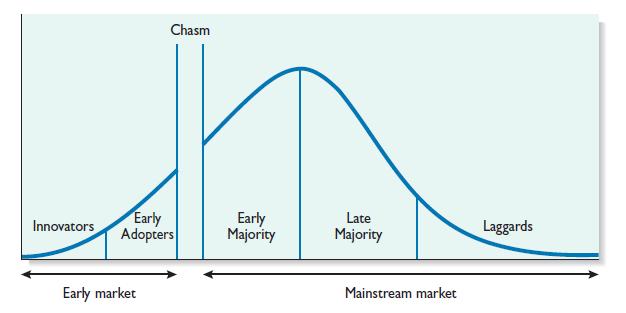In early 2008, Scott Norton and Mark Ramadan, classmates at Brown University, were having lunch. They got
Question:
In early 2008, Scott Norton and Mark Ramadan, classmates at Brown University, were having lunch. They got to talking about food and stumbled on an interesting topic. For most types of food there are many choices. Just think of milk. Not only are there different brands of milk but there is whole milk, 2 percent milk, and skim milk, along with soy milk, rice milk, almond milk, and coconut milk, among others. The same is true for cereal, yogurt, mustard, and sauces. The only product they could think of where there is only one choice is ketchup: Heinz ketchup. They wondered why that was the case and if they could do something about that. For some reason, the idea of creating a new brand of ketchup interested them. They started from the premise that they would create something compelling, something that they could establish a brand around. They also wanted something that reflected their values. Most ketchup, they learned, is made from tomato concentrate, corn syrup, vinegar, and onion powder. They decided immediately that if they made ketchup, they would use natural ingredients such as fresh tomatoes, cane sugar, and real diced onions instead of onion powder. They began to experiment with recipes, mostly in Norton’s apartment. To test their early recipes, they invited their friends to a ketchup party. They had eight different ketchups and held a blind taste test. They asked their friends to rate each ketchup on several criteria, including taste, texture, similarity to Heinz, and so forth. There were two ketchups that came out on top:
Classic and Spicy. They thought, “Why don’t we make these two types of ketchup, put them in jars, and see what happens?.....
Discussion Questions:
1.There is a discussion early in this chapter about the need to prepare for growth. What actions did Norton and Ramadan take that demonstrate their commitment to trying to understand growth and its ramifications for their firm?
2.In this chapter, we note that core competencies are essentially what a firm does particularly well. What core competencies does Sir Kensington’s possess?
How sustainable are these core competencies?
3.Look at Figure 13.5. What is the location of Sir Kensington’s in the technology adoption life cycle?
What are the issues on which Sir Kensington’s founders should focus in this stage?
4.What are four key lessons about growth potential entrepreneurs could learn by studying Sir Kensington’s actions?
Data From Figure 13.5.

Step by Step Answer:

Entrepreneurship Successfully Launching New Ventures
ISBN: 9780138091828
7th Edition
Authors: Bruce R. Barringer, R Duane Ireland





